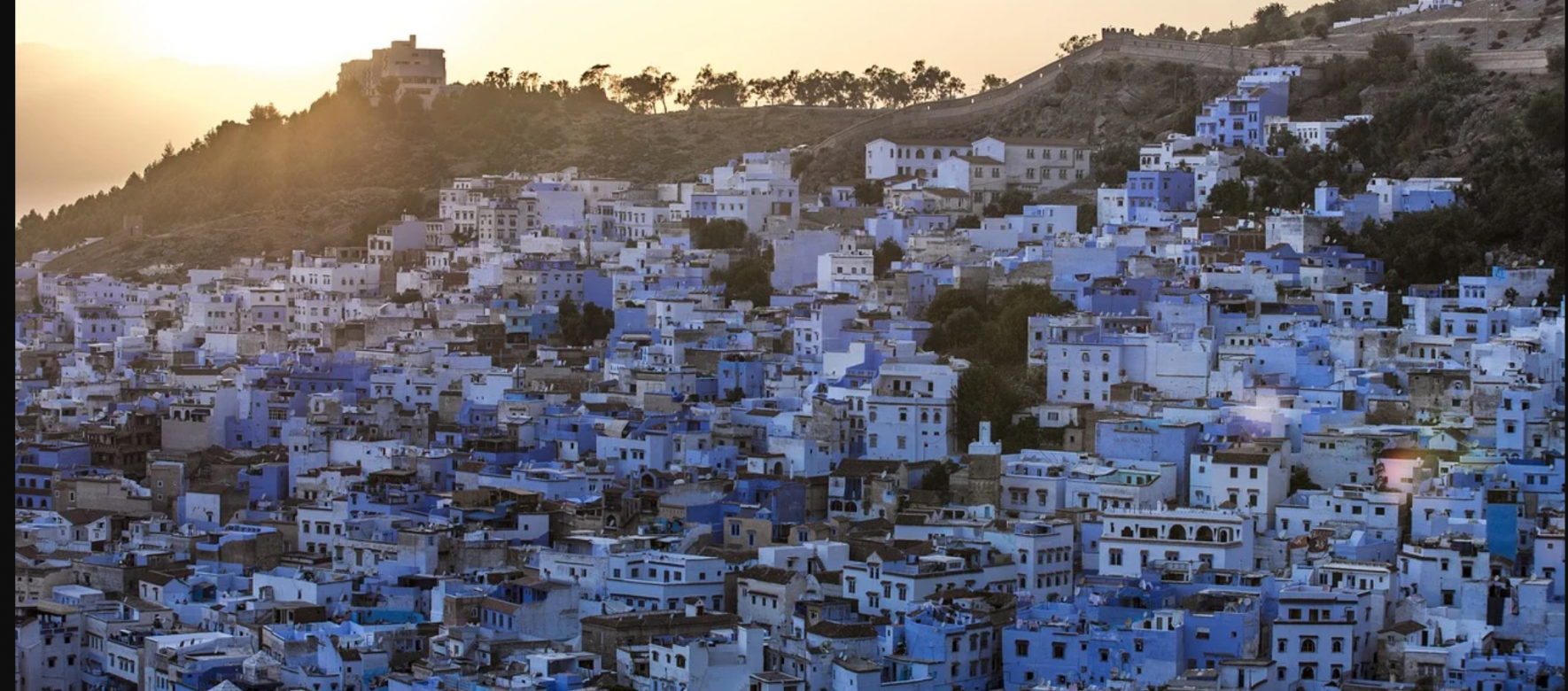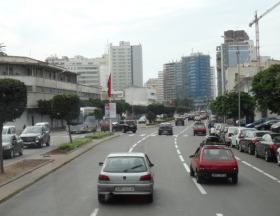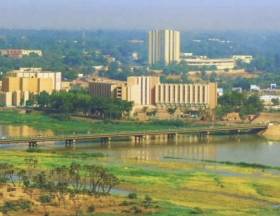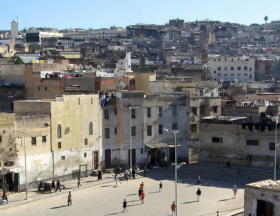The post-covid recovery continues for Moroccan banks. But according to Fitch Ratings, risks remain particularly in the retail banking segment, relating to households and real estate. Any government support remains moderate in the event of a crisis.
The profitability of Moroccan commercial banks is vulnerable to challenges from households and the real estate sector, we learn from a report published by Fitch Ratings.
The rating agency notes that the unemployment rate continues to rise in the Cherifian kingdom. It went from 9.2% of the working population in 2019 to 12.8% at the end of the first half of 2020. This situation puts pressure on the income of households, whose debt burden represents up to 33, 3% of gross domestic product (GDP).
The exposure of banks to the real estate sector is considered significant, mainly through home loans which, at the end of April 2021, represented 24% of global bank loans, and in the form of loan guarantees. “A significant and lasting slowdown in property prices in Morocco would weigh negatively on our assessment of the operating environment,” said Fitch Ratings.
These two segments of bank loans confirm the observation made that the outstanding bad debts on the retail banking segment dominate in Morocco. The rating agency believes that when excluding the expenses of contributing to covid-19 funds, the profitability of Moroccan banks has not been so strong. “It is unlikely that we will return to pre-pandemic levels before at least 2022, as risks to asset quality remain, and weak loan growth will continue to limit income generation,” analysts say.
Attijariwafa Bank, whose strategy is geared towards financing large companies and governments rather than retail banking, shows the best prospects for profitability. However, the group will have to monitor changes in currency risks, particularly in relation to its presence in sub-Saharan Africa.
A final indicator to monitor is the support capacity of the public authorities in the event of protracted challenges. It is moderate according to Fitch, due to public debt in Morocco which has already reached 68% of GDP.











Réagissez à cet article